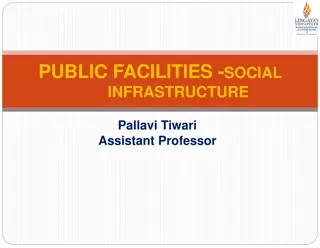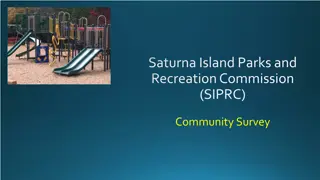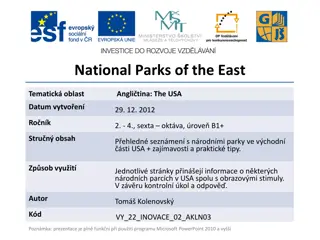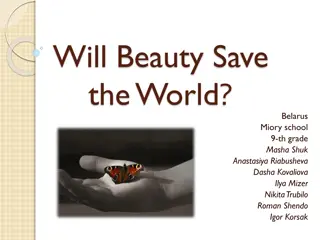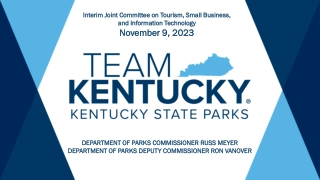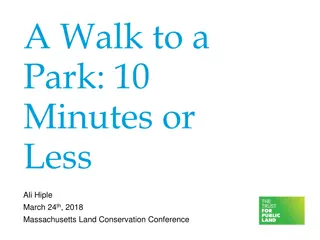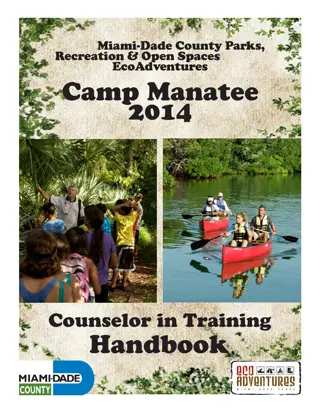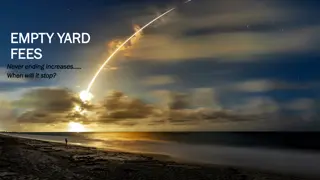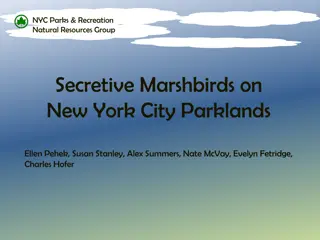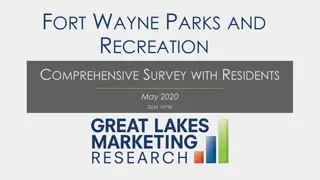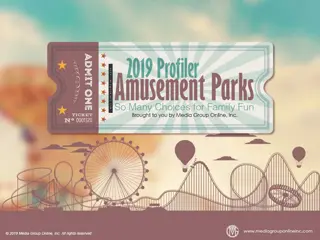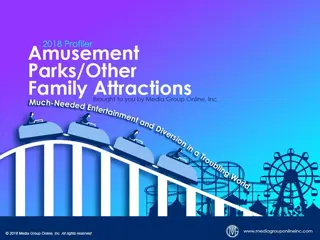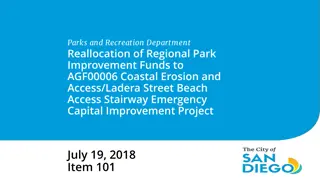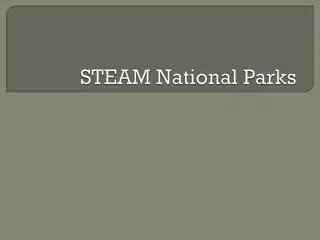Explore the Beauty of America's National Parks
Delve into the history and wonder of America's National Parks, from the creation of the National Park Service in 1916 to iconic locations like Yosemite National Park, the Grand Canyon, and Bryce Canyon. Learn about preservation efforts by pioneers like John Muir and captivating natural features such as Yosemite Falls and the Grand Canyon's North and South Rims.
Download Presentation

Please find below an Image/Link to download the presentation.
The content on the website is provided AS IS for your information and personal use only. It may not be sold, licensed, or shared on other websites without obtaining consent from the author. Download presentation by click this link. If you encounter any issues during the download, it is possible that the publisher has removed the file from their server.
E N D
Presentation Transcript
National Activity Professional Week NATIONAL PARKS DISCUSSION
In 1916, the National Park Service was created. National Parks History The purpose was to ensure that all Americans would have these pristine lands to explore and experience first-hand. As of 2022, there are 423 National Park areas in America spanning across more than 84 million acres . This includes parks, monuments and military sites.
Yosemite National Park THE YOSEMITE VALLEY LOCATED IN NORTHERN CALIFORNIA
Yosemite National Park THE MERCED RIVER RUNS THROUGH THE YOSEMITE VALLEY.
Yosemite National Park Yosemite Falls drops 2, 425 feet from the upper falls to the lower falls, making it one North America's tallest waterfalls.
Yosemite National Park John Muir was an advocate of preserving this area for the future. He was witness to sheep and cattle overgrazing and also to the loggers who were harvesting the huge Sequoia trees. He brought President Teddy Roosevelt out for a camping trip in Yosemite in 1903 and soon afterwards, the park was turned over to the federal government for protection and preservation for all future visitors.
The Grand Canyon NORTH RIM
The Grand Canyon SOUTH RIM
In 1540, Francisco Vasquez de Coronado, along with his Spanish soldiers and Hopi Indian guides came upon the canyon but retreated when they didn t reach water. Then in 1776, two Spanish priests came as missionaries to the Hopi Indians but left after a short time. Then there were trappers and other explorers, including John Wesley Powell. The Grand Canyon In 1919, becoming our nation s 17thnational park. Many people consider it be one of the seven wonders of the natural world. Theodore Roosevelt visited often.
Several Indian tribes are thought to have lived in the area but most recently was the Paiute Indians. Mormon scouts were sent out to evaluate the livability of the area. Then Scottish immigrant Ebenezer Bryce and wife Mary was sent by the Mormon church in 1873 to settle land. Ebenezer s carpentry skills came in useful as in addition to their home, he built a road to retrieve wood and a canal to irrigate crops and water his animals. Soon other settlers called the area Bryce Canyon . Between drought, overgrazing and flooding, Bryce moved his family to Arizona in 1880. Bryce Canyon On June 8, 1923, Bryce Canyon became a national monument under President Warren Harding. In order to protect the borders and land of Bryce, it became a National Park on February 25, 1928 and renamed Bryce Canyon National Park
Arches National Park
Several Indian tribes did live in the area until about 700 years ago. Spanish missionaries and the Mormon Elk Mountain Mission were short lived due to the lack of water. Tourism peaked an interest again when the railroads came to the area. Arches National Park On Aril 12, 1929, it became a National Monument. On November 12, 1971, it became Arches National Park.
John Wesley Hillman located Crater Lake in south central Oregon in 1853 while looking for a Gold Mine cabin. Later, it was William Steele who worked hard to establish this as a national park. He had read about this lake as a school-boy when his lunch was wrapped in a newspaper that had an article about Crater Lake. Crater Lake After 18 years of petitioning the government, Crater Lake became a National Park in 1902 as the fifth oldest national park.
Sequoia National Park
Sequoia National Park Hale Tharp was the first European to settle in the area. He hollowed out a sequoia tree that had fallen for a home. John Muir would often visit. The house can still be seen today in the park. Sequoia became the second national park on September 25, 1880. To protect the large sequoia trees. Lumbermen were coming to cut the trees and a group of conservationists realized they needed to be protected. The U. S. Calvary troops was assigned to protect the parks from 1891 until 1913 when the first administrator of the park was appointed. Three years later, the National Park Service was created and they took responsibility for the park.
Lassen Volcanic National Park Native Americans were here in northern California long before Danish guide and blacksmith Peter Lassen settled in the area in the 1830s. In 1907, President Theodor Roosevelt designated two parks: Cinder Cone National Monument and Lassen Peak National Monument. The two were then combined and the surrounding area was added to become Lassen National Park on August 9, 1916.
Zion National Park Native Americans first discovered Zion National Park in south-eastern Utah long before the Mormons came to the area in 1858. In 1909, President Howard Taft named the area a National Monument under the name of Mukuntuweap National Monument . However in 1918, the name was changed to Zion, the name used by the Mormons. The US Congress changed it to the status of a national park in 1919.
The giant granite sculptures of four US Presidents is located near Keystone, South Dakota. Can you name them? Mount Rushmore National Monument The project started in 1927 and the faces were completed in 1939. Congress made it a national monument on March 3, 1925 under President Coolidge.
Are you interested in learning more? Here is a full list of all national parks: https://trekkn.co/printable-list-of-national- parks-united-states/ National Parks Tours visit: https://www.nationalparks.org/connect/blog/ take-virtual-visit-national-park National Parks




